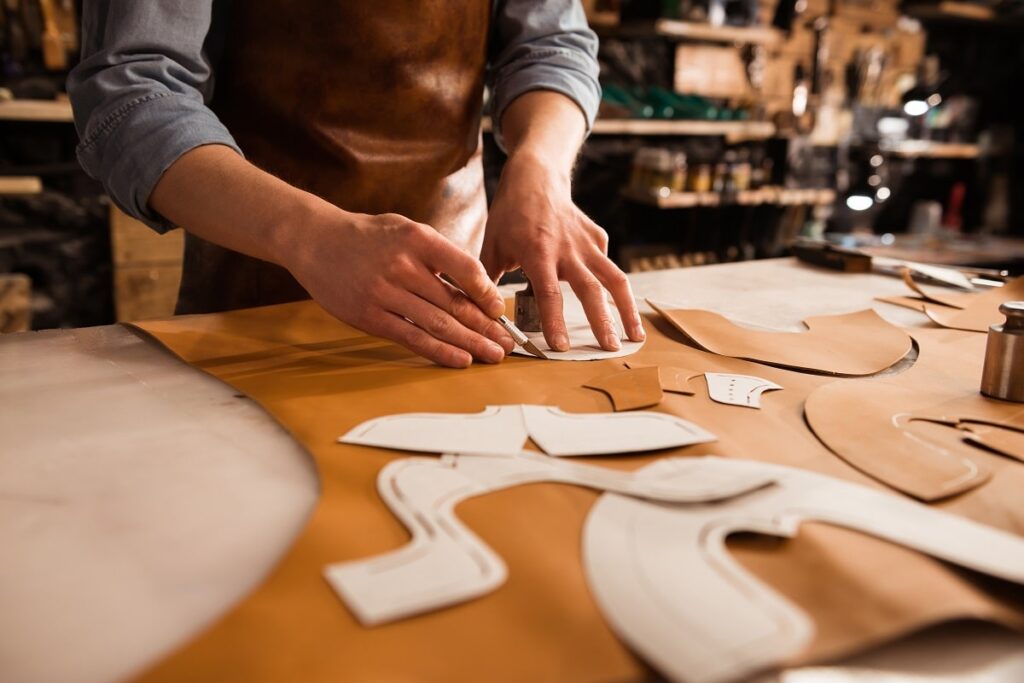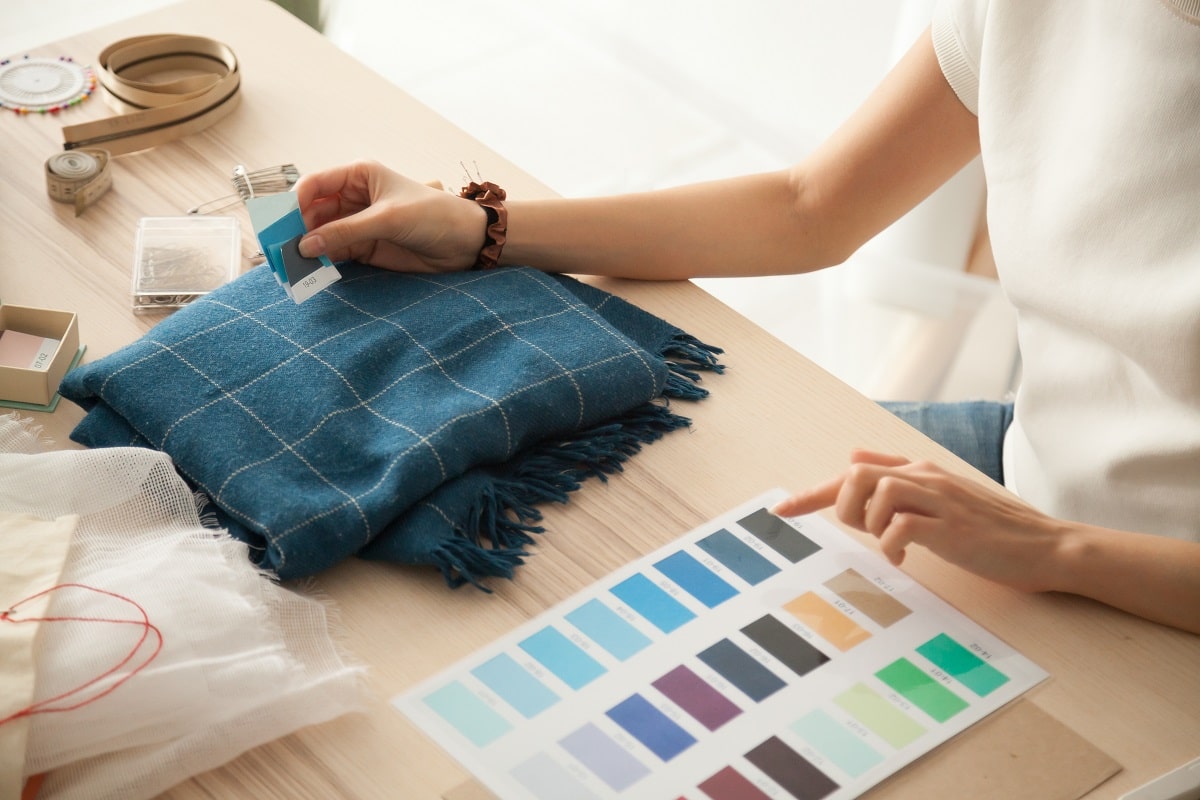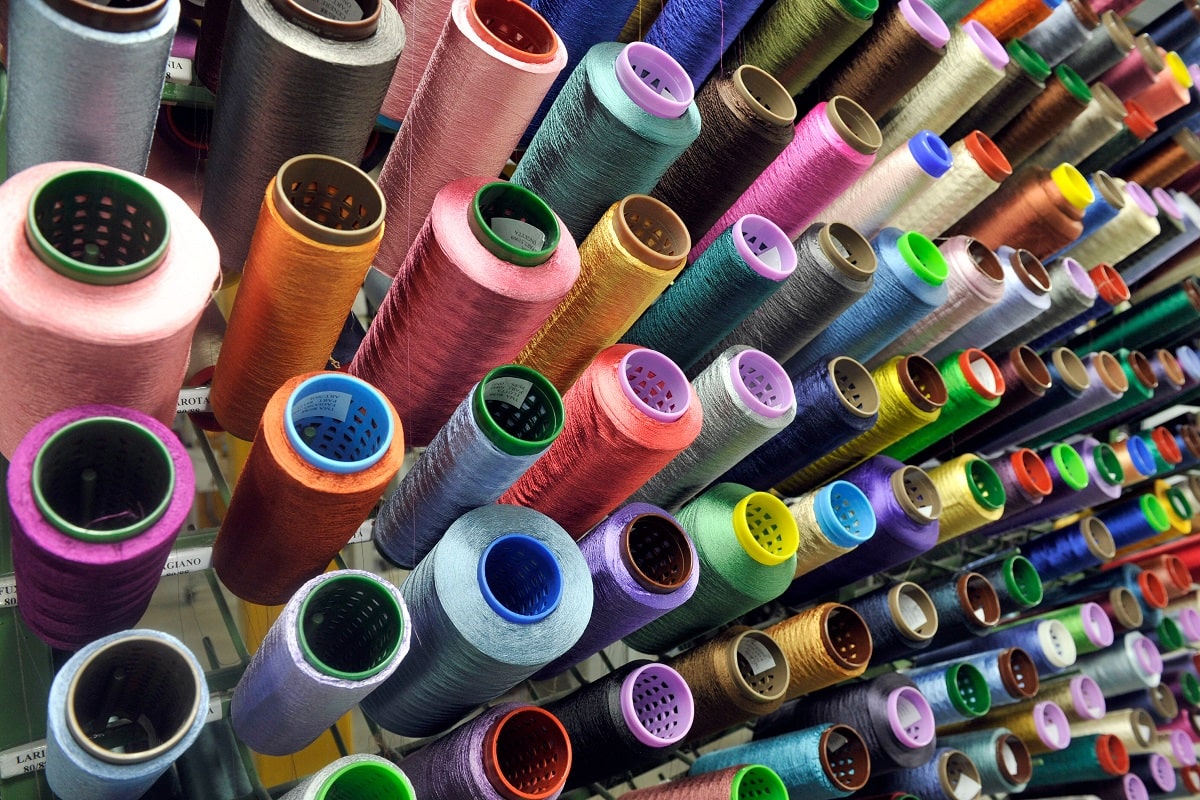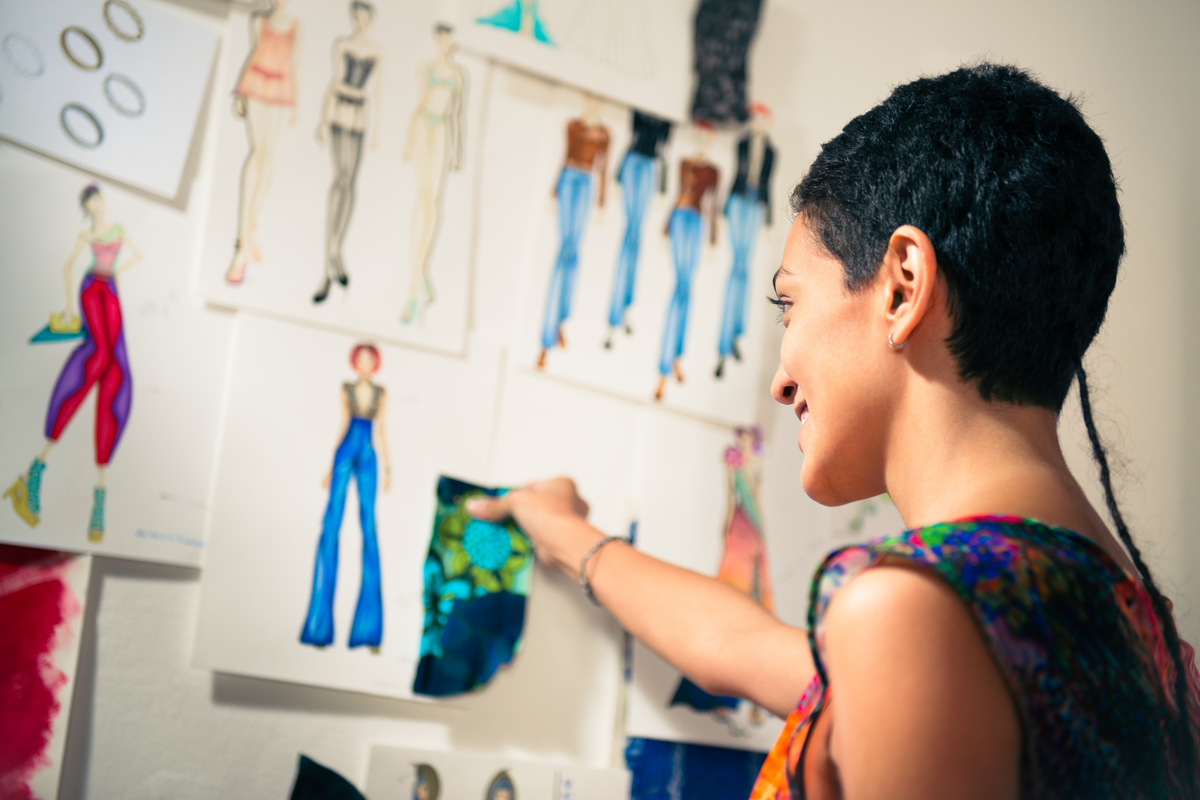Footwear sketching is a fundamental skill for footwear designers, allowing them to visualize and communicate their design ideas effectively. Whether you are a seasoned designer looking to enhance your sketching abilities or a beginner eager to delve into the world of footwear design, mastering the art of footwear sketching is essential for bringing your creative visions to life.
Importance of Footwear Sketching
Footwear sketching serves as a crucial tool in the design process, enabling designers to translate their concepts into tangible visual representations. Sketching allows designers to explore different design variations, experiment with proportions and details, and communicate their ideas with clarity to colleagues, manufacturers, and clients.
By mastering footwear sketching techniques, designers can streamline the design development process, refine their creative vision, and bring innovative footwear designs to fruition.
Basic Tools and Materials for Footwear Sketching
To embark on your footwear sketching journey, you will need a few essential tools and materials to create your sketches. A good quality sketchbook with smooth, untextured paper, pencils in varying hardness (such as H, HB, and B), erasers, fine-tip markers, and colored pencils are some of the basic supplies you will need to start sketching footwear designs. Investing in quality tools and materials will not only enhance the quality of your sketches but also make the sketching process more enjoyable and efficient.
Understanding Footwear Proportions and Silhouettes
Before diving into sketching detailed shoe designs, it is essential to have a solid understanding of footwear proportions and silhouettes. Familiarize yourself with the basic shapes and structures of different shoe styles, such as sneakers, boots, sandals, and heels.
Pay attention to the proportions of key elements like the toe box, heel height, sole thickness, and overall silhouette of the shoe. By mastering footwear proportions, you can create sketches that accurately represent the intended design and functionality of the shoe.
Sketching Techniques for Footwear Design
When it comes to sketching footwear designs, there are various techniques that designers can employ to bring their ideas to life on paper. Start by sketching basic shoe shapes and silhouettes using light, loose lines to establish the overall structure of the design.
Then, gradually add details such as stitching, laces, embellishments, and textures to enhance the realism of your sketches. Experiment with different shading techniques, line weights, and perspectives to create dynamic and expressive footwear sketches that showcase your design creativity.
Developing Your Sketching Style
As you continue to practice and refine your footwear sketching skills, you will naturally develop your unique sketching style that reflects your design aesthetic and personality. Experiment with different drawing techniques, explore various artistic influences, and draw inspiration from fashion trends and cultural references to cultivate a signature sketching style that sets your designs apart. Embrace the creative process, allow yourself to make mistakes, and stay open to new ideas and influences to nurture your individuality as a footwear designer.
Digital Tools and Software for Footwear Sketching
In addition to traditional sketching methods, digital tools and software have become essential for modern footwear designers to create digital sketches and renderings. Programs like Adobe Illustrator, Photoshop, and Sketchbook Pro offer a range of digital drawing tools, brushes, and effects that allow designers to sketch, color, and manipulate footwear designs with precision and flexibility.
By incorporating digital sketching techniques into your design process, you can explore new creative possibilities, streamline workflow efficiency, and produce professional-quality footwear sketches.
Collaborating and Presenting Your Footwear Designs
Effective collaboration and communication are key aspects of the footwear design process, and sketching plays a vital role in presenting and sharing your design ideas with others. Whether you are working with a design team, presenting to clients, or pitching your designs to manufacturers, clear and visually compelling sketches help convey your design concepts and vision effectively.
Practice articulating your design rationale, incorporating feedback from stakeholders, and refining your sketches to ensure that your footwear designs resonate with your target audience and align with project objectives.
Career Opportunities in Footwear Design
The field of footwear design offers a diverse range of career opportunities for aspiring designers with a passion for creativity and innovation. From working as a footwear designer for established brands to launching your own footwear label, the industry presents a variety of career paths for talented individuals.
By honing your footwear sketching skills, developing a strong design portfolio, and staying abreast of industry trends and technologies, you can position yourself for success in the competitive world of footwear design.
Key Takeaways:
- Sketching shoes helps designers show and improve their ideas.
- You need basic tools like pencils, sketchbooks, and markers to start.
- Knowing the right shape and size of shoes is very important.
- Start with simple shapes, then slowly add details like laces and stitches.
- Practice a lot to find your own drawing style.
- Many designers now use digital drawing tools to make their work faster and better.
- Good sketches help explain your ideas clearly to your team or clients.
- Shoe design can lead to many creative jobs in fashion and business.
Effective collaboration and presentation of designs play a crucial role in the design process, while diverse career opportunities await those passionate about footwear design. Consider enhancing your expertise with the FIT Footwear Business Foundations online course and certificate program to further elevate your career in the dynamic world of footwear design.








